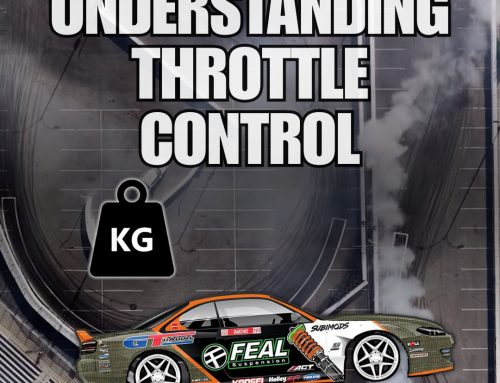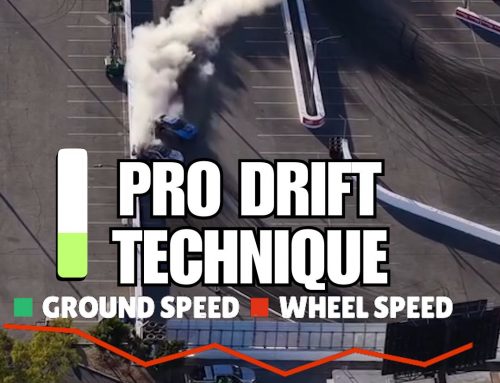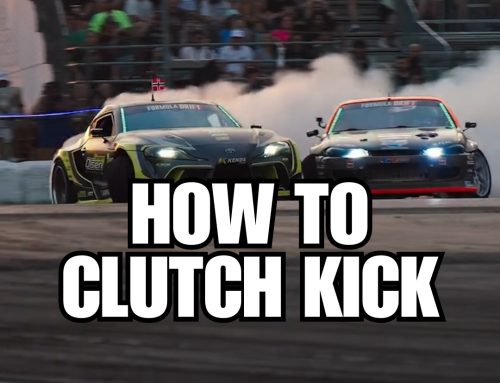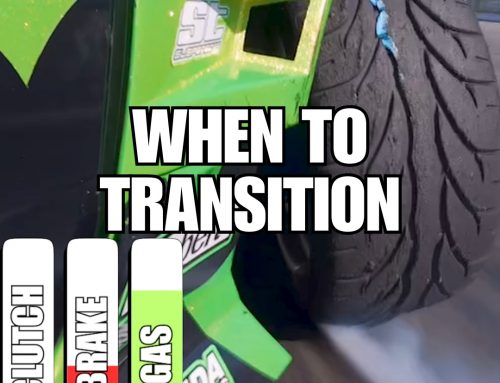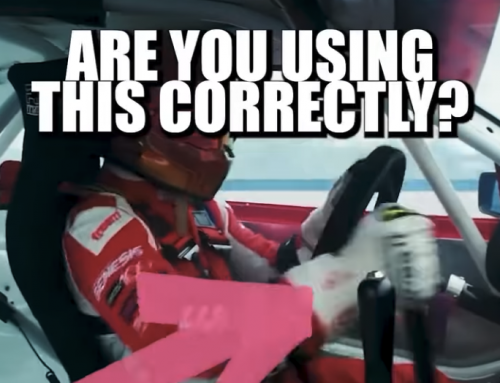If you found this article searching for “drift class near me” or a “drift course” you not expecting an article that fits “drivers safety course”. Well, this is a twofer.
Drifting, stunt driving and precision car control is fun. It’s a feeling of freedom. We teach performance driving on a closed track.
But then you go out into the world. You’re on the road, every day, in a non-peformance car, surrounded by drivers not nearly as interested in driving skills as you are. In fact, a lot of them are waiting for cars to drive themselves!
77% of us will be in AT LEAST one accident in a lifetime. Those are the reported ones. And it’s getting worse.
But here’s the twofer. Learning to drift is fun. AND, paradoxically, the skills you learn can help AVOID accidents (spin / loss of control) on the road.
How is that?
Getting over the fear and getting comfortable with the feeling of losing grip in a car is also a means to become comfortable in a skid and knowing when you might lose grip. This could save your life, or at least your car and $$!
Texas Drift Academy teaches students to understand the weight distribution of their car and how it handles in various conditions. Students learn the edge between a car in grip and a car letting loose. On the road your car can get loose in gravel, water, snow, ice, or a spill on the road. More likely you can lose control in the dry by reacting to an obstacle or another driver. Feeling and knowing the weight balance of the car and edge of grip not only keeps you in control. Situational awareness keeps you aware of your car and the road conditions. You can gain an appreciation that there IS a limit to the grip.
Learning to correct a skid can become a muscle memory useful in panic situations. In a purposeful drift on a track you learn to maintain a drift. But on the road, in a panic situation, you can know how to countersteer, get off gas, and gain traction,.
There are six key learnings that can become your accident-avoiding skillset through Texas Drift Academy Courses:
1) Appreciating the Edge of Grip
Learning to ride the edge of grip is like an art. You want your body to feel what it’s like, but still stay in control so no worries about spinning out or being stuck! By learning to initiate loss of grip through ebrake, acceleration, weight transfer and other methods your body starts to feel the edge of grip. You can get the feeling of when grip loss occurs and what to do when it does.
2) Vision Work
When you initiate a drift turn or a figure eight, we teach how to keep your eyes focused ahead to the next phase of a course. Put in practice on the road, this keeps your eyes up and ahead, paying attention to next turns and allowing a wider field of peripheral view to avoid obstacles and other drivers. This looking-ahead vision, and eye work (keeping eyes moving) is a key to situational awareness and knowing the ‘out’ is in a difficult situation. It is a habit taught in every motorsport.
3) Understanding Impact of Weight Shift
Drifting and car control is all about feeling the impact of changing a cars weight and how it will affect the drift, yaw and slide of a car. The body/mind activation around this connects the driver to the car and builds instincts between inputs and effects to the weight shift of the car… and thus the driver staying in control
4) Steering Wheel Speed and Finesse
In drifting – or a sliding situation – you learn that the smallest of steering inputs can have a dramatic impact on the control and direction of the car. In fact, if you look at professional drifting videos, the steering inputs are minimal. Controlled – but immediate and quick – countersteering is key to catching the car as it begins to lose grip. Quick but precise inputs are essential in the case of dynamic weight shifts, as the car can bounce from one side to another. Oh, and we will also break those habits of underhand steering
5) Letting Go of the Steering Wheel
While control of the steering wheel is a key learning, students learn the feeling and benefits of letting go of the steering wheel. What!? Yes, sometimes your hands can’t keep up with the steering necessary to keep the car steady. Learning to let go of a steering wheel to create fast countersteer is NOT taught in any driving course. But if you were to drive your car at 50mph and turn the wheel fast, the weight of your car would initiate a ‘bounce’ in the other direction, which is how spins start. It is unlikely you can shuffle- or hand-over-hand steer to correct that situation. If, however, you just let go of the steering wheel, your car would automatically counter steer as the car bounced back and forth, less and less, correcting itself. Knowing when you’re in this situation, and feeling comfortable countersteering in an extreme situation, is unique to drifting and stunt driving skills.
6) General Confidence and Calm In a Panic Situations
All of these skills are great, but the most valuable capability drivers can get from a drift / performance driving class is confidence in a panic situation. The experience of controlling a car sidewayscan prevent panic resulting in freeze-up OR overcorrecting a loss-of-control situation. This confidence alone can be the difference between spinning into another car vs. just a memorable piss-your-pants situation!
Students of our drift courses are taught how to control and drive a car sideways. We also cover precision driving techniques, which can help one day if you find yourself in an emergency situation on the road or with your vehicle! Ask anyone who has gained these skills if they’re a better driver on the road. Drifting is fun, but life is even better when you can keeping your car and yourself safe!
